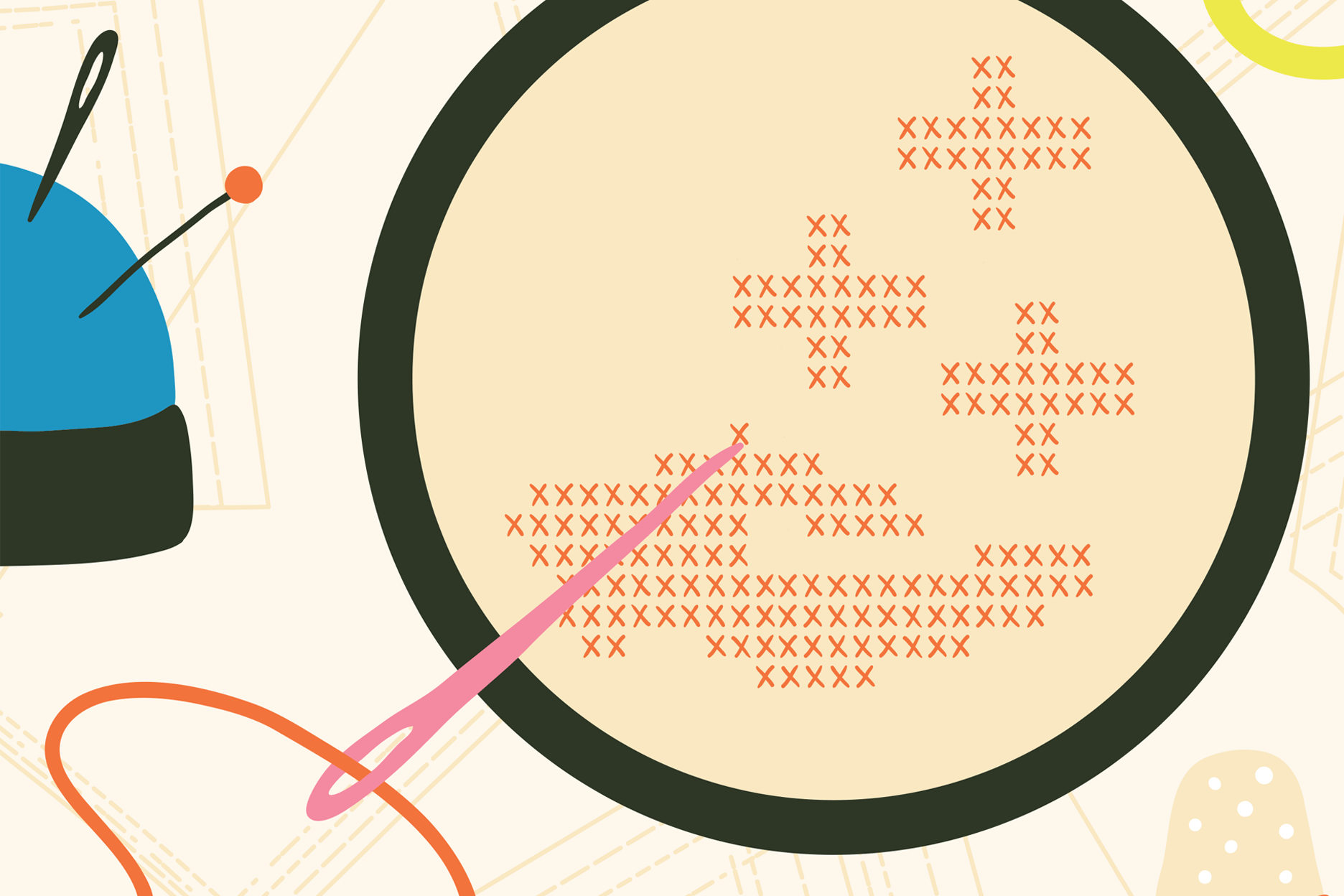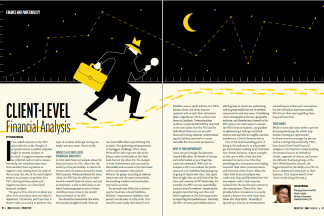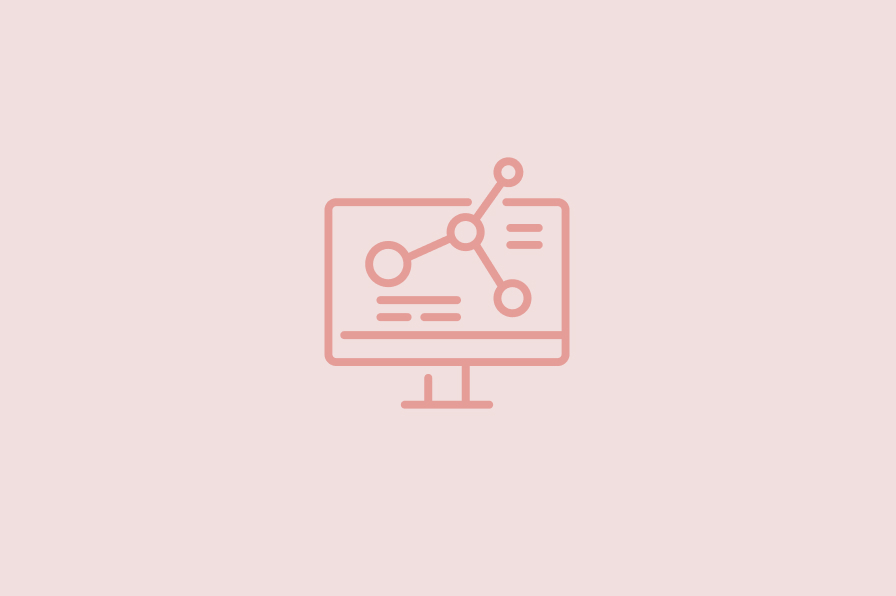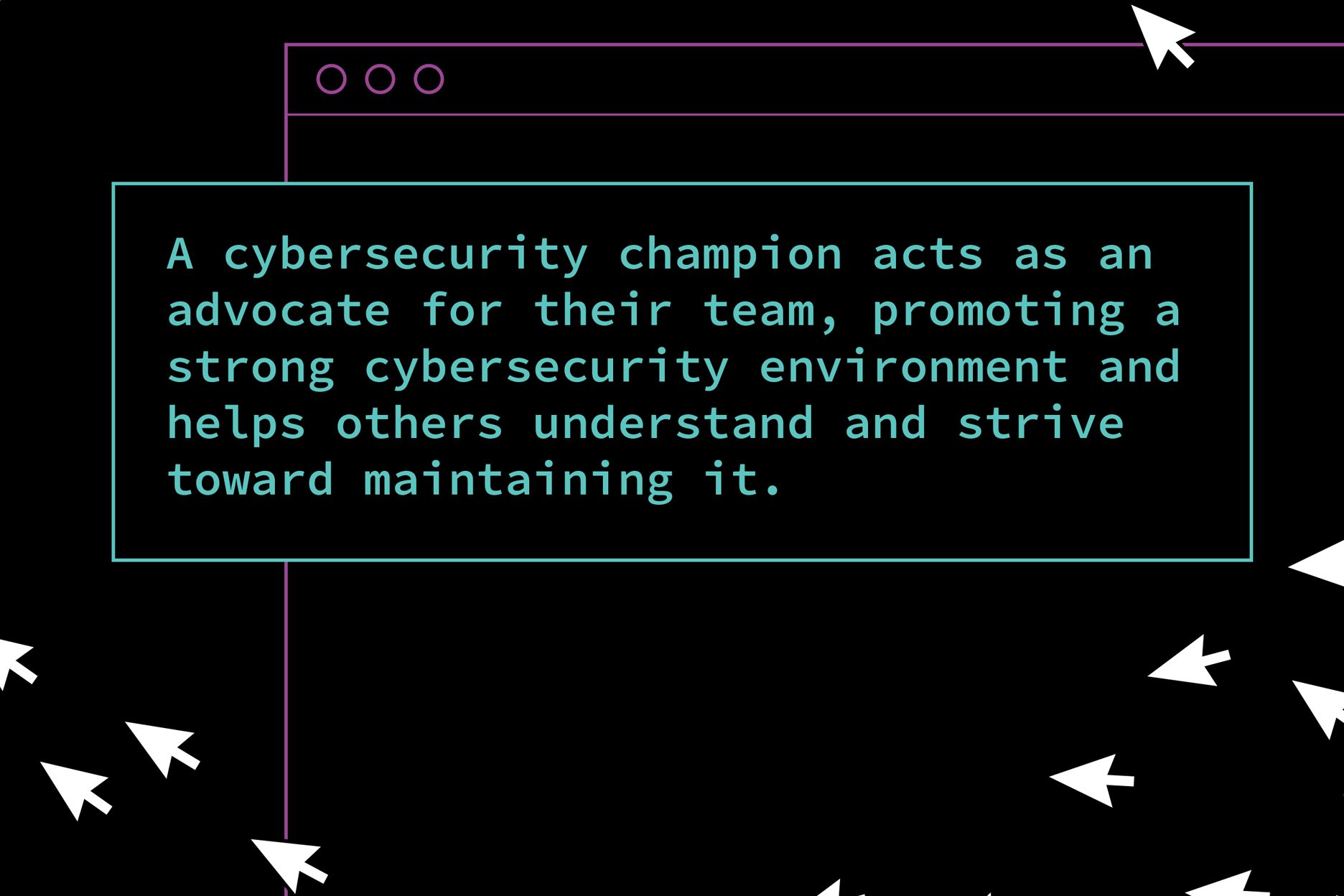WHEN AI BECOMES THE ANTIDOTE: USING TECHNOLOGY TO HEAL WHAT IT BROKE
August 2025


The headlines are everywhere: “AI drives layoffs,” “Automation displaces workers,” “Technology eliminates jobs.” As artificial intelligence reshapes the American workforce, it’s easy to view AI as the villain in our employment story. But what if the same technology causing workforce disruption could also be the solution to helping displaced workers?
At When, we believe it can be the antidote too—using AI to support the very people its disruption has displaced. This irony isn’t lost on me as AI has become synonymous with efficiencies and headcount reductions. However, we can’t let the largest-looming headlines dictate perception. AI can and is a vehicle for solutions too.
But here’s the challenge: while companies leverage sophisticated AI to optimize their operations, the workers affected by these decisions face a different reality entirely. When someone loses their job, they’re suddenly thrust into navigating critical decisions about their future—including one of the most complex and consequential: healthcare coverage. Yet these same workers are left navigating the complex healthcare landscape with tools from the stone age: PDFs, phone calls, and hope. Meanwhile, PEOs managing master health plans watch helplessly as terminated employees default to expensive COBRA coverage, driving up claims and threatening client relationships.
This is where AI becomes a force for good even through the disruption it can cause.
The impact of applying AI to healthcare transitions goes far beyond individual convenience. By helping people identify subsidies and navigate complex healthcare marketplaces, we’re ensuring that job displacement doesn’t also mean healthcare displacement. In a country where medical bankruptcy remains a leading cause of financial ruin, this technology can be the difference between recovery and catastrophe for American families.
This creates a rare win-win scenario in an industry built on managing competing interests. PEOs can protect their master plan rates from expensive COBRA claims while providing genuine value to their clients’ departing employees. Displaced workers get personalized guidance to affordable coverage they might never have discovered on their own.
Critics argue that AI lacks the human touch needed for healthcare decisions. They’re right—which is why future-facing solutions combine AI efficiency and human expertise. Technology identifies opportunities; humans provide guidance and empathy that algorithms can’t. At When, our AI analyzes thousands of health plans to identify the best matches for each person’s unique situation, then our licensed, non-commissioned agents step in to guide the decision-making process. This approach allows our team to focus entirely on providing personalized, empathetic support, armed with AI-powered insights that make their guidance more precise and valuable. It’s this marriage of technological capability and human care that creates truly transformative healthcare experiences.
For PEOs, this represents the future of value-added services. Instead of simply managing administrative tasks, you’re providing strategic solutions that protect both your business model and your clients’ employees. In an industry facing increasing commoditization, AI-powered benefits navigation is a true differentiator.
The narrative around AI doesn’t have to be dystopian. Yes, artificial intelligence is changing how we work. But it can also change how we care for each other during those transitions. By fighting fire with fire—using AI to solve AI-created problems—we’re proving that technology can be a force for social good, not just operational efficiency.
The question for PEO leaders isn’t whether AI will continue reshaping the workforce—it will. The question is whether you’ll be part of the solution or simply manage the aftermath.
-
SHARE
- Copy to clipboard



